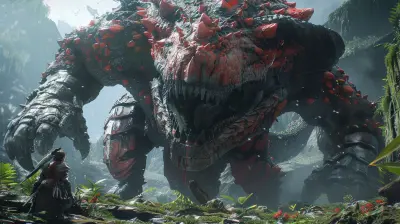The Role of Battle Passes in Today’s Gaming Economy
12 June 2025
If you've played video games in the last five years, you’ve probably heard of the term "battle pass." Heck, you’ve probably bought one (or ten). They're everywhere—from Fortnite to Call of Duty, Apex Legends to Clash Royale. Battle passes have become almost as common as loot boxes once were. But what exactly is their role in the gaming economy, and why do developers love them so much? Let's crack that open like a piñata!
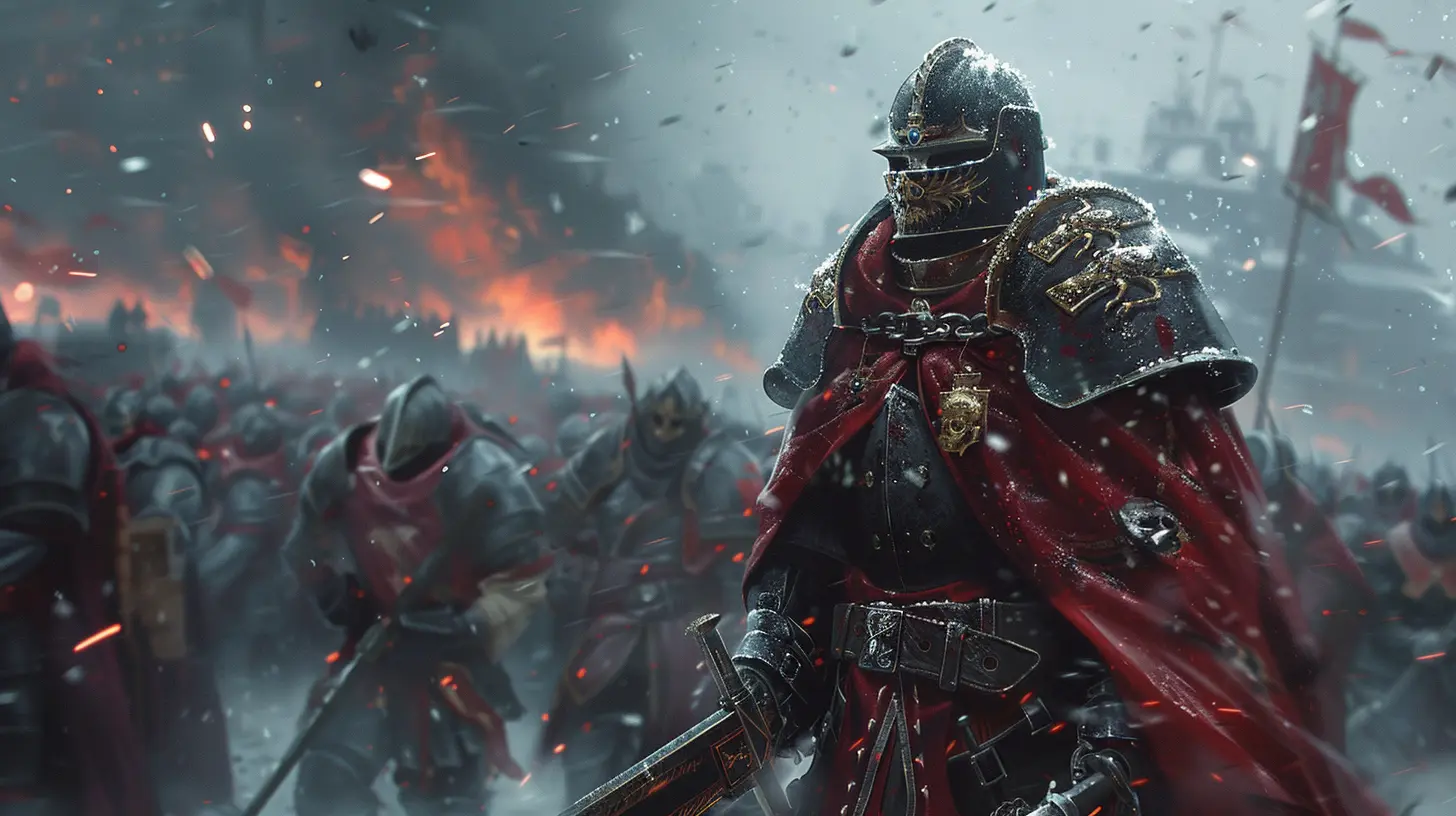
What Is a Battle Pass, Anyway?
Let’s start simple. A battle pass is a type of progression system in games where players unlock rewards—think skins, emotes, XP boosts, and occasionally even in-game currency—by completing challenges and leveling up through "tiers" or "levels."There are usually two tracks:
- Free Pass (Zero dollars, zilch, nada)
- Premium Pass (Fork over some cash, usually around $10)
You can also earn enough in-game currency within a premium pass to buy the next one—if you don't blow your rewards on other flashy cosmetics. It’s like the gaming version of a stamp card at your local coffee shop, but instead of caffeine, you're chasing digital drip.
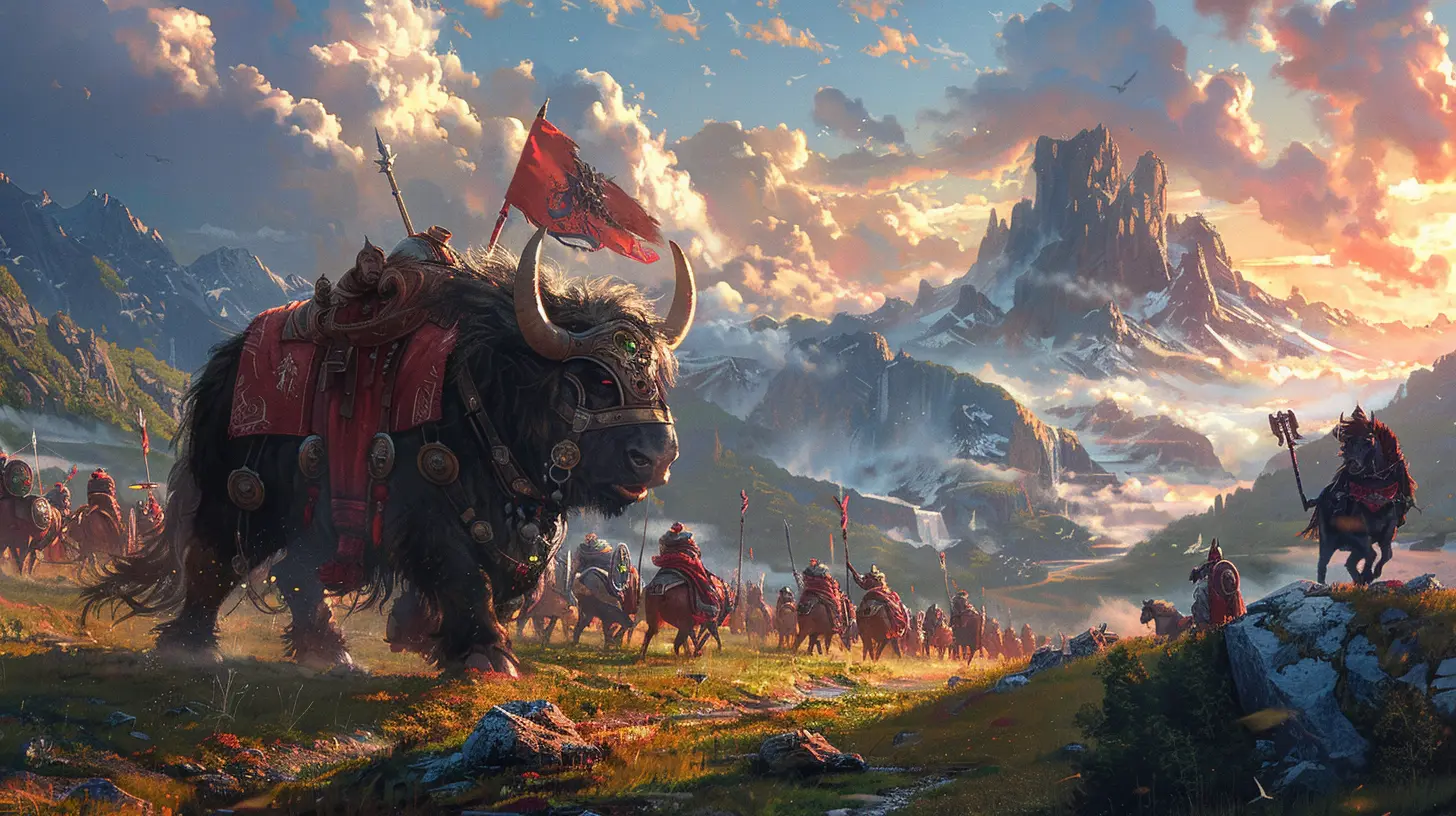
How Did We Get Here? A Quick History Lesson
Before the rise of battle passes, games often used loot boxes to monetize. You’d buy a loot box and roll the dice for a chance at that shiny new skin. It was like a slot machine, and yeah, people started to get kinda mad about that (rightly so).Cue the battle pass—something that offered transparency. Players could now see what they were getting and work toward it through gameplay rather than RNG (random number generator) madness.
Fortnite pretty much kicked off this trend back in 2017, and since then, it’s been a tidal wave. It worked so well that even non-competitive games have tried to jump in. Looking at you, Animal Crossing fans asking for a Nook Miles battle pass.
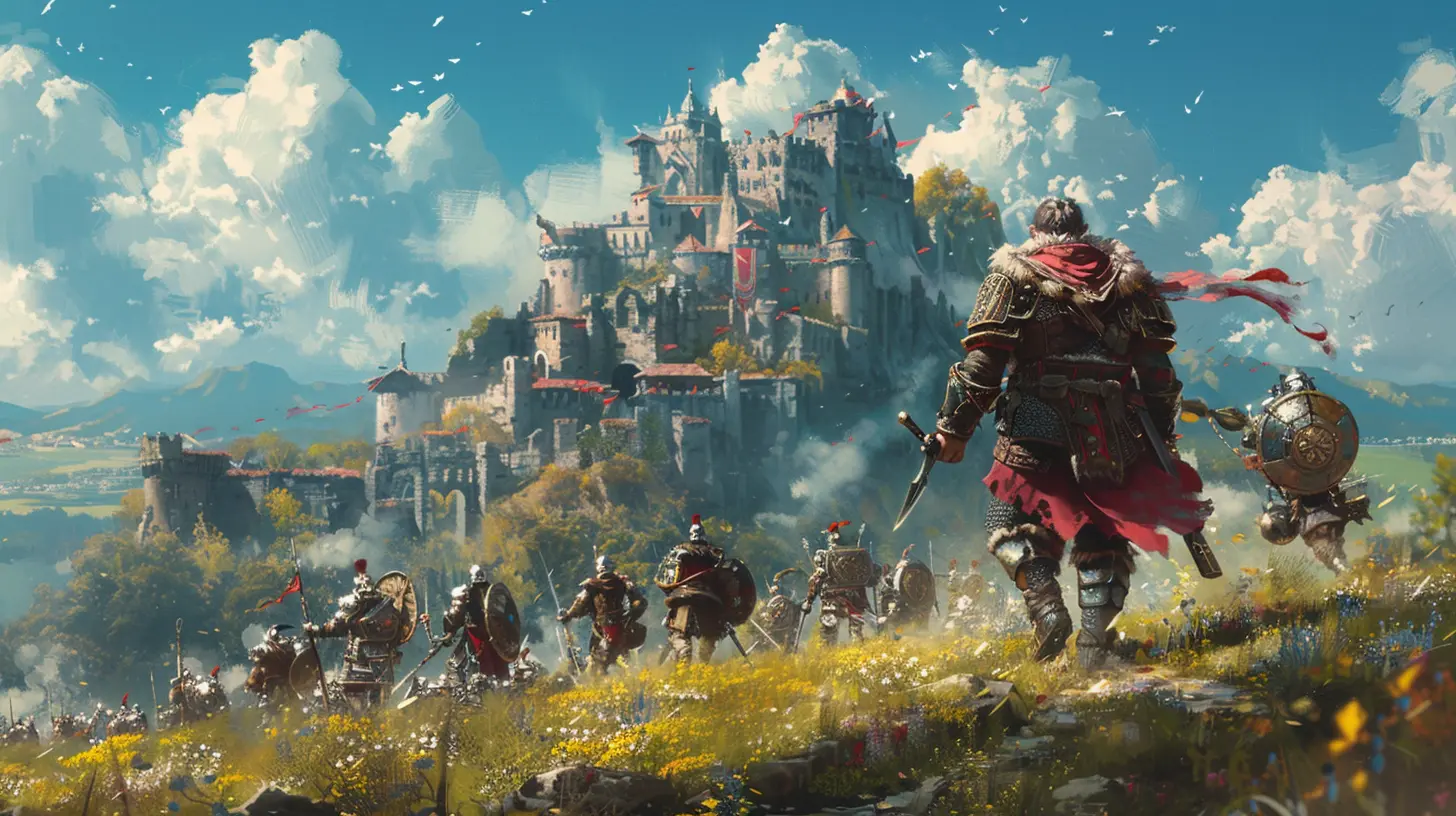
Why Do Developers Love Battle Passes?
So, why are battle passes so dang popular with game devs? Let’s break it down:1. Predictable Revenue Streams
Unlike traditional DLCs or random loot boxes, battle passes offer consistent income. Games drop a new season every few months, and players line up to hit that "Buy BP" button. It gives devs a dependable and recurring revenue model. Think of it as a mini subscription without the scary commitment.2. Higher Player Engagement
Battle passes are built to keep players coming back. Daily challenges, seasonal rewards, limited-time events—you name it. Players grind not just for the loot, but to feel like they didn’t waste their 10 bucks. That’s a clever form of motivation, wrapped in gamified FOMO.3. Fairer Monetization (Most of the Time)
With loot boxes, you could spend $50 and not get what you wanted. A battle pass gives you the whole reward roadmap up front. It’s all there—just hit those milestones, and boom, the goodies are yours. Players feel better about spending money when they know exactly what they’re unlocking.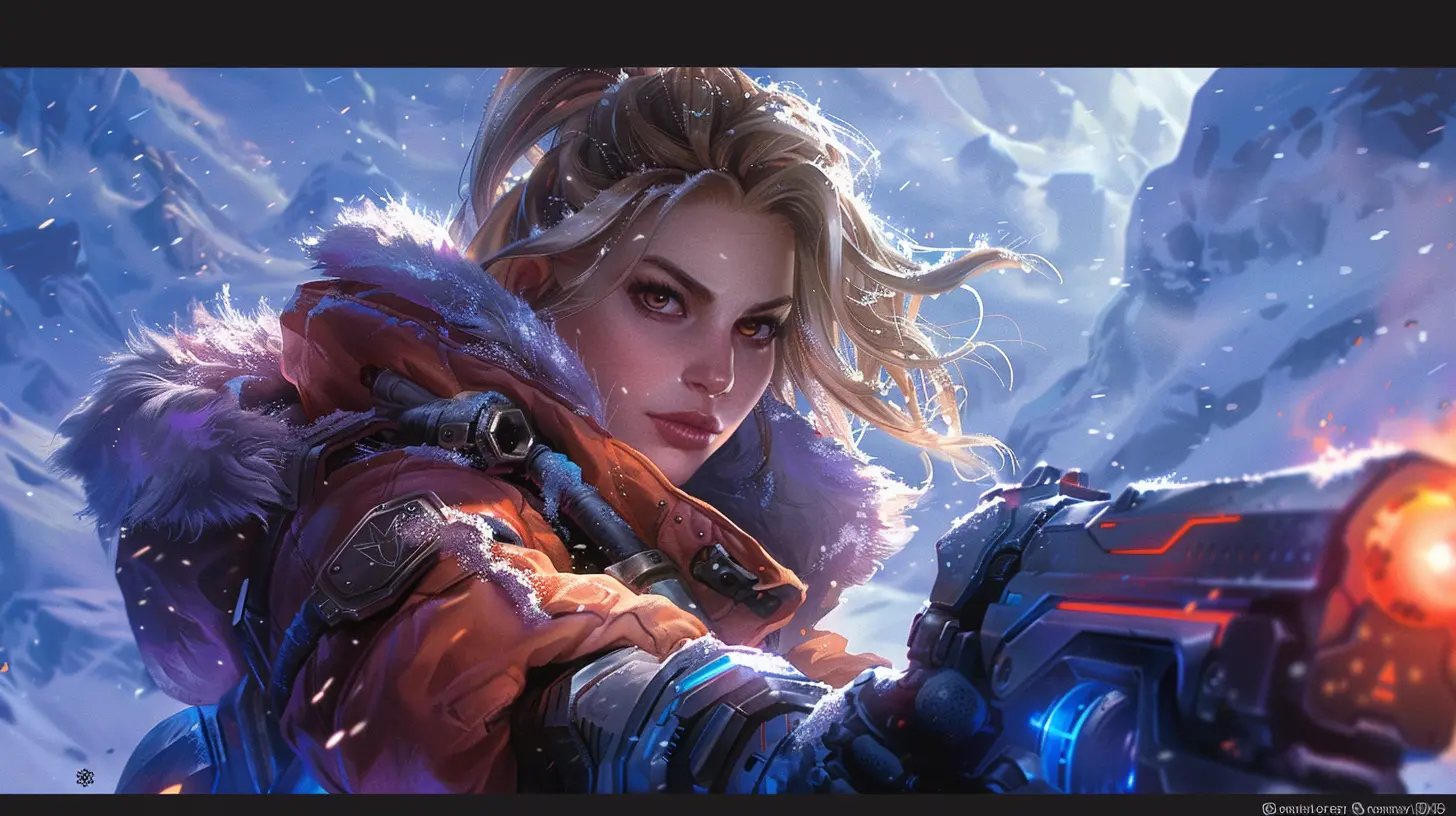
And What’s In It for Players?
It’s not all about the developers. There’s some sweet stuff for gamers too.1. Tons of Content for Cheap
If you break it down, battle passes offer a lot of value. For a small price, you get dozens—sometimes hundreds—of rewards over a season. Compared to buying cosmetics à la carte, it’s a steal (as long as you’re grinding that pass).2. Clear Goals and Progression
Ever log into a game and have no clue what to do? Battle passes fix that. They give structure to your play sessions. "Complete three matches," "Get 10 headshots," "Dance on your enemy’s grave" (okay, maybe not that last one). It turns gaming into a checklist, and some of us live for that dopamine hit.3. Exclusive Rewards
Let’s not deny it—FOMO is real. Battle passes often include limited-time items you can’t get later. If you weren’t there in Season 3, sorry bud, you missed Banana Suit Jonesy. That exclusivity makes each season feel special and gives players bragging rights.So... Are There Any Downsides?
Absolutely. Battle passes aren’t all sunshine and loot.1. They Can Feel Like a Chore
Have you ever realized halfway through a season that you’re only Tier 12 out of 100... and the pass ends in a week? Suddenly, what was supposed to be fun turns into a desperate grind. You’re no longer playing because you want to; you’re playing because you already paid.2. Pay-to-Play Pressure
Some games make the free track so unrewarding that you feel forced to buy the premium version just to keep up. Others allow people to “buy tiers” and skip the grind entirely, creating a small performance gap—especially in games where skins are more than just cosmetics.3. Burnout Is Real
When every game you play has a battle pass, it starts to feel like a job. You log into Fortnite for your daily challenges, then Apex Legends, then Call of Duty... and suddenly it's 2 AM and you've done nothing but tick off boxes. Players can get exhausted from the constant pressure to grind.
Battle Passes vs. Other Monetization Models
A little head-to-head never hurt anyone. Let’s see how battle passes stack up.| Feature | Battle Pass | Loot Boxes | Traditional DLC |
|------------------------|--------------------------|--------------------------|---------------------------|
| Transparency | ✅ You see what you get | ❌ Total RNG | ✅ Full content upfront |
| Engagement | ✅ High (due to goals) | ✅ Addictive, not healthy | ❌ Once and done |
| Cost | 💰 Low upfront | 💸 Often expensive | 💵 Mid to high |
| Player Satisfaction | 😊 Generally positive | 😡 Often hated | 😊 Depends on content |
| Fairness | ✅ Skill over spending | ❌ Luck-based | ✅ Pay = content |
Yep. Battle passes kinda sit in that sweet spot. Not perfect, but way better than loot boxes and more engaging than old-school DLCs.
The Psychology Behind the Pass
Let’s take a quick dive into our brains, shall we?Battle passes are genius from a psychological standpoint. They trigger:
- Loss aversion (Can’t let those rewards go to waste!)
- Sunk cost fallacy (I’ve already bought it, better keep grinding.)
- Completionism drive (Finish all 100 tiers, get the golden skin.)
It’s like the devs have studied our gamer brains—and spoiler alert: they have. It’s one part game design, one part behavioral science, and one big part “we know you want that final skin.”
The Future of Battle Passes
So, where’s this all heading?We might see some cool innovations. Maybe:
- Cross-game passes (like sharing progress across multiple titles from the same publisher)
- Customizable reward paths (choose the rewards you care about)
- Battle passes in non-traditional games (think RPGs or simulators)
On the flip side, if developers overdo it or make passes too grindy, players might bounce. The key is balance—offering value without turning a fun game into homework.
Final Thoughts: Are Battle Passes Here to Stay?
Let’s be real—they’re not going anywhere. Battle passes are now a major pillar of modern gaming. They balance monetization with player satisfaction better than most other systems out there. When done right, they keep games alive, players engaged, and wallets (relatively) happy.But at the end of the day, whether you love them or loathe them largely depends on how much you game and how much you're willing to commit. Just remember to have fun with it. After all, it's called "gaming" and not "grinding" for a reason.
So what do you think? Are battle passes the golden ticket—or are they just another shiny carrot on a stick?
all images in this post were generated using AI tools
Category:
In Game PurchasesAuthor:

Madeleine McCaffrey
Discussion
rate this article
2 comments
Dean McRae
Great read! Battle passes really seem to strike the balance between player engagement and monetization. It’s interesting how they keep us coming back for more while supporting developers. Can’t wait to see how they evolve!
June 18, 2025 at 4:47 AM

Madeleine McCaffrey
Thank you! I'm glad you found it insightful. Battle passes do indeed create a compelling blend of engagement and support for developers—exciting to see where they go next!
Amos Jenkins
Battle passes: where gamers boldly venture into the wild unknown of microtransactions! It's like a treasure hunt, only instead of gold doubloons, you’re collecting skins and emotes—because who needs actual treasure when you can look fabulous while conquering pixelated foes?" 🎮💰
June 16, 2025 at 5:01 PM

Madeleine McCaffrey
Absolutely! Battle passes have transformed gaming into a quest for style and status, turning microtransactions into a fun, competitive experience. Who knew looking fabulous could be the new treasure? 🎮✨


